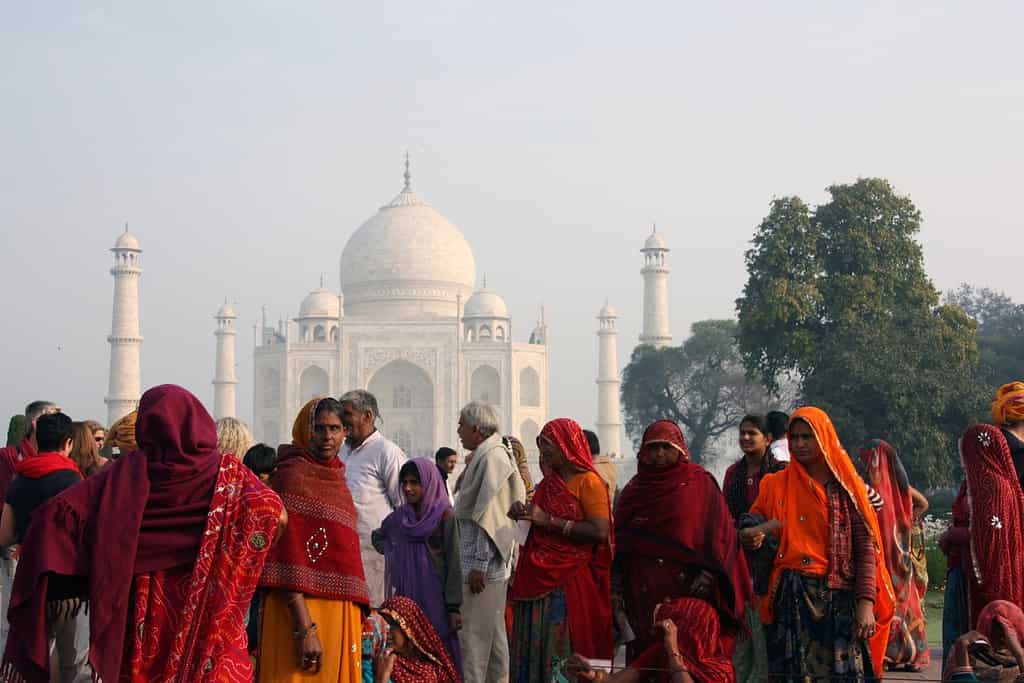India will have about 2.9 million more people than China at some point in the middle of this year, according to the United Nations. Taken together, the two countries have accounted for more than a third of the estimated global population over the 70 years, with China’s population decreasing last year for the first time since 1961.

Based on the projections, India’s population will reach 1.4286 billion by mid-year, compared to China’s 1.4257 billion – 2.9 million fewer – according to the State of World Population Report. However, the UN said it’s not possible to have an exact date for the shift due to “uncertainty” about the data coming from both countries.
The UN uses a wide variety of sources to get what they describe as the most up-to-date global demographic numbers. For China and India, the most recent update for the calculations was July 2022, Sara Hertog, a UN population affairs officer told AP. They then used a statistical technique to infer the missing data from the two countries.
There’s been no census in India since 2021. The last one was supposed to happen then but was canceled due to Covid-19 and postponed to 2022. Now it’s been delayed again to 2024. Patrick Gerland, the UN Chief of Population Estimates and Projection, told BBC that any numbers indicating India’s real population size are “naïve assumptions.”
The UN’s figures also don’t include the population of China’s two Special Administrative Regions, Hong Kong and Macau, which, taken together, have more than eight million people. The island of Taiwan is also not considered in the report. Taiwan considers itself autonomous from the Chinese government, having its own elected leaders.
A shifting trend
Population growth has been slowing both in India and China, especially in the latter, which had a population decline for the first time in six decades last year. China’s population dropped to 1.411 billion last year, down 850,000 people from the previous year. The birth rate also declined to a record low of 6.77 births per 1,000 people.
China hit the brakes on its one-child policy in 2015, establishing a two-child limit. In 2021, the government then said families could have up to three children, as data showed that not many families were seizing the opportunity to have more kids. Now, China’s society is similar to most of the world, where population levels are more or less stable.
“A country’s demographic dividend depends not only on the total number, but also on the quality; not only on the population but also on the talent,” Foreign Ministry spokesman Wang Wenbin told reporters when asked about the UN report. Chinese state media have also questioned Western media’s analysis of the report’s figures.
Fertility rates have also dropped in India from 5.7 births per woman in 1950 to 2.2 births per woman today. A survey carried out by the UN agency found most Indians believe their population is too large and fertility rates too high. When asked about population growth, two out of three said to be worried about the impacts on the economy.
Toshiko Kaneda, technical director of demographic research at the Population Reference Bureau in Washington, told AP that it’s usually hard for a country to recover population growth once it hits a low fertility level. This brings social and economic consequences that the two countries will have to address in the coming years, the researcher said.
The global population crossed the eight billion mark in November. While this is a reminder that people are living longer and healthier lives, it has also led many governments to adopt policies seeking to influence fertility rates, the UN said. This includes family planning targets and policies, which, it added, can fuel discrimination,.


